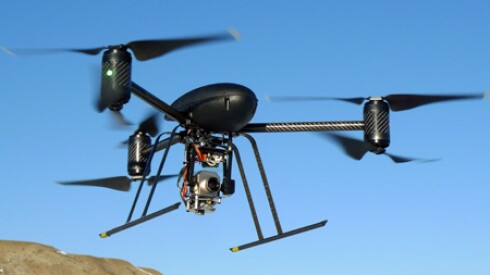Drones
Coverage of ways unmanned aerial vehicles (UAVs) are changing how state and local government collects data on physical infrastructure, maps jurisdictions via GIS and monitors public safety from the sky. Also includes stories about efforts by private-sector companies and education institutions to improve how drones can better help government deliver services.
Since it began in 2019, the program has been providing course training for three defined career pathways: aviation, aviation mechanics and drones. It does so by teaching aeronautical science and various FAA policies.
Concerned about potential hacking, a key legislative committee voted Monday for a bill prohibiting Connecticut towns and state agencies from purchasing Chinese and Russian-made drones in the future.
The new initiative is expected to enhance safety by advancing drone airspace management and navigation. It is designed as a peer-to-peer model for statewide use, and is aimed at avoiding conflicts in shared airspace.
The Destination Box, called DBX, is a gray storage locker about the size of a parking space and a few feet taller than a person. On top of each box is a large netted area where drones drop off packages.
Concerned about foreign spying and hacking, legislators are considering a bill that would ban public agencies in Connecticut from buying “any small unmanned aircraft system assembled or manufactured” in China or Russia.
A $2 million grant will help launch a program that will use airborne drones to bring drugs and other medical supplies to rescue scenes and help emergency responders save more lives, officials said.
Reusable, durable technology that has a long shelf life of technical support, one vendor says, could have a leg up in the liquidation approval process. Remaining ESSER money must be earmarked by Sept. 30.
As the hub for a new state consortium, Empire AI, the University at Buffalo will be a driver of investments, entrepreneurship, regional partnerships and collaborative research.
Voters were projected to approve a ballot measure that will ease restrictions on vehicle pursuits, allowing for the use of more surveillance technology and reducing oversight from the Police Commission.
The Ohio Department of Transportation is planning to fly a large drone over a stretch of highway outside Columbus as part of a pilot traffic surveillance program, after receiving special permission.
















